- Login or Register
No account yet? Sign up
''Did the Honda NR500 have a greater ratio of 'bore/stroke?'. The NR500 125cc cylinder had an oval piston of 94.3mm * 41mm and a stroke of 36mm. Did it had a greater 'bore/stroke ratio?.Tommy Cookers wrote: ↑28 Dec 2021, 18:32I think the previous poster meant that Mercedes jumped to 98 and then arranged a permanent freeze ruleHoffman900 wrote: ↑28 Dec 2021, 17:12It’s a struggle to get good / consistent combustion over 100mm bores at those engine speeds, with port injection. I think this is why you saw things converge on that 98-100mm bore size. ...saviour stivala wrote: ↑27 May 2019, 11:22The era of the quest for ever higher engine RPM as the fastest way to increase outputs was reached or better say stopped when the combination of a bore of 98mm and a stroke of 39.8mm (bore/stroke ratio 0.406:1), a cylinder capacity of 300cc was used. This bore/stroke combination was used on the 3.0-litre V10 and carried over to the 2.4-litre V8.
helped by Renault (part-owned by Mercedes and by government(s))
did the Honda NR500 have a greater ratio of 'bore'/stroke ?
Bore area / stroke ratio needs applyingsaviour stivala wrote: ↑29 Dec 2021, 10:58''Did the Honda NR500 have a greater ratio of 'bore/stroke?'. The NR500 125cc cylinder had an oval piston of 94.3mm * 41mm and a stroke of 36mm. Did it had a greater 'bore/stroke ratio?.Tommy Cookers wrote: ↑28 Dec 2021, 18:32I think the previous poster meant that Mercedes jumped to 98 and then arranged a permanent freeze ruleHoffman900 wrote: ↑28 Dec 2021, 17:12
It’s a struggle to get good / consistent combustion over 100mm bores at those engine speeds, with port injection. I think this is why you saw things converge on that 98-100mm bore size. ...
helped by Renault (part-owned by Mercedes and by government(s))
did the Honda NR500 have a greater ratio of 'bore'/stroke ?
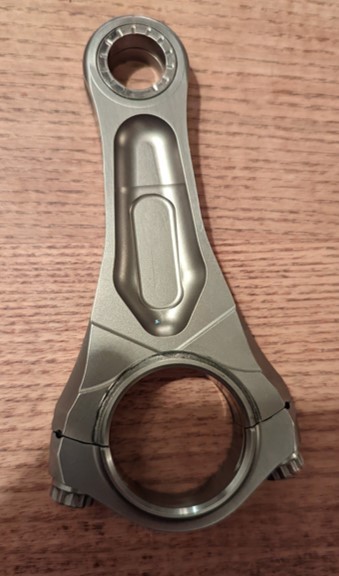
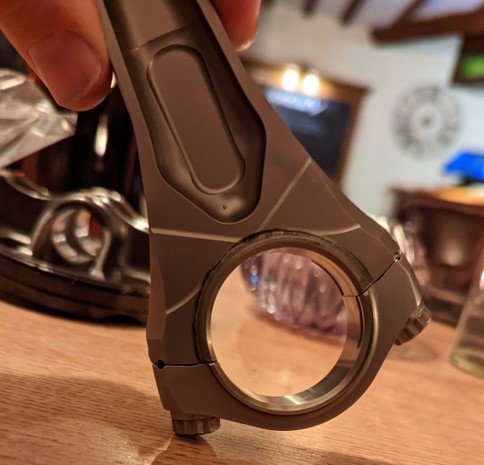
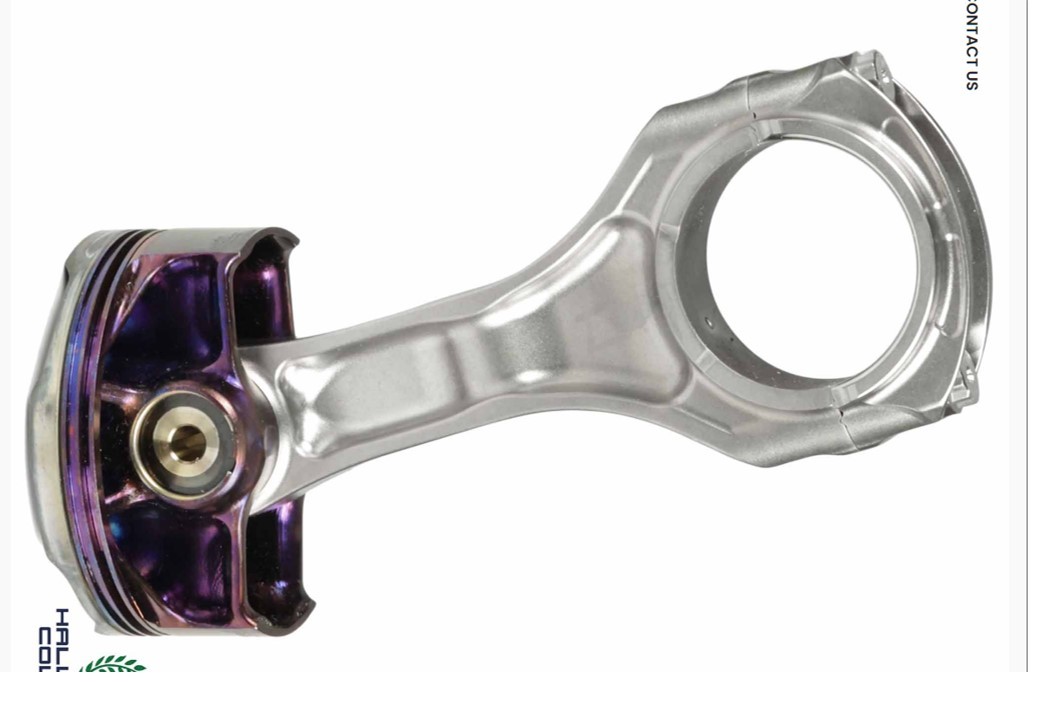
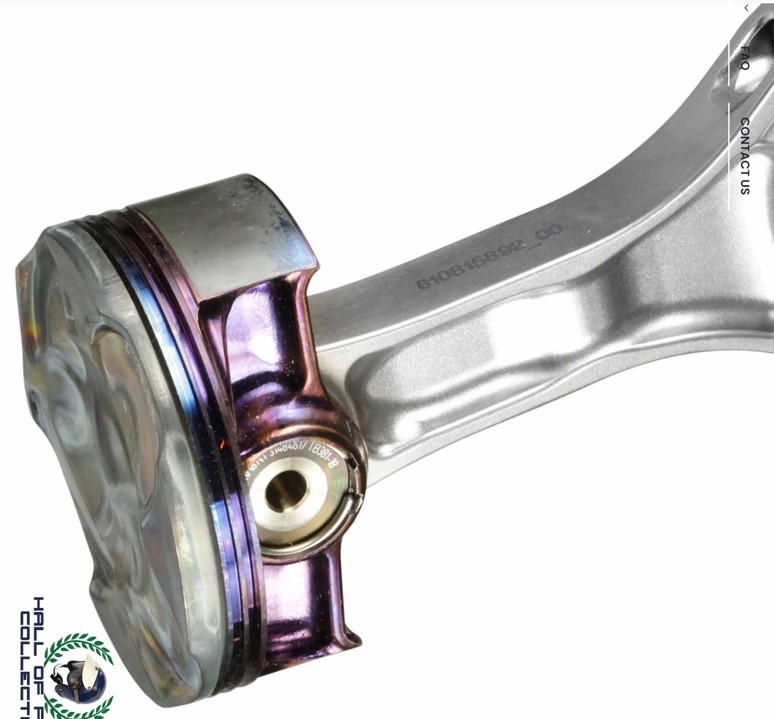
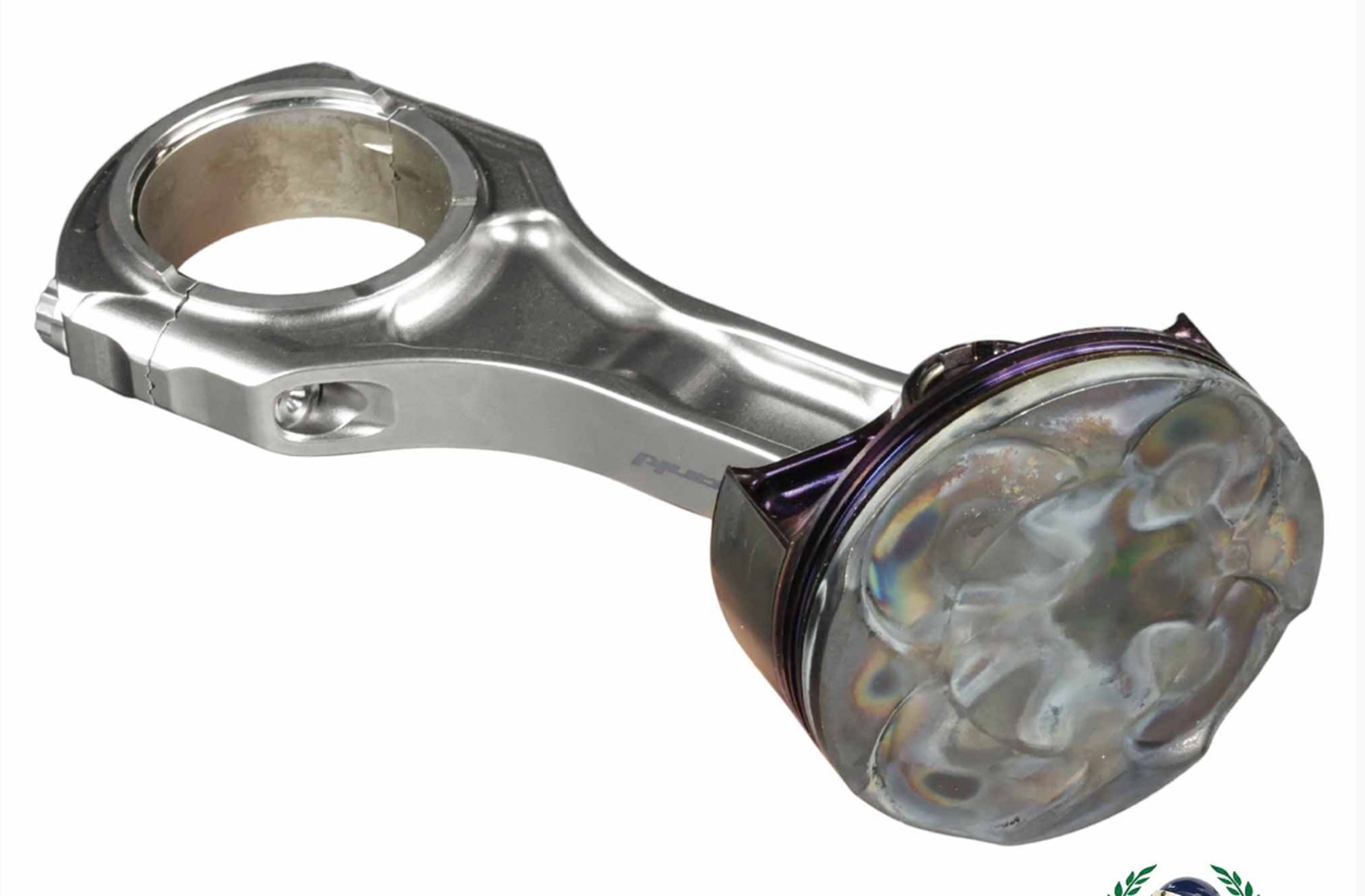
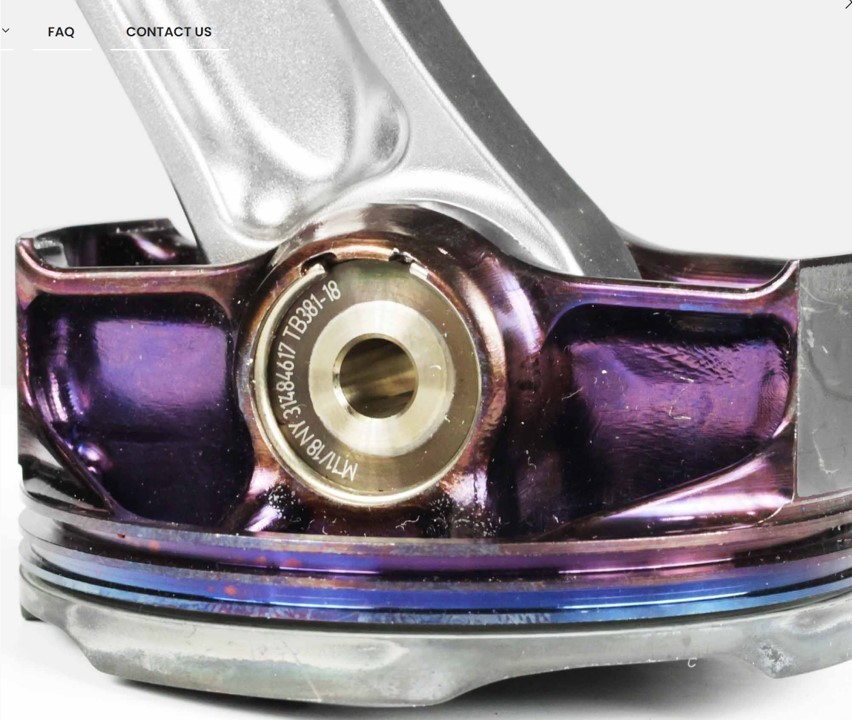
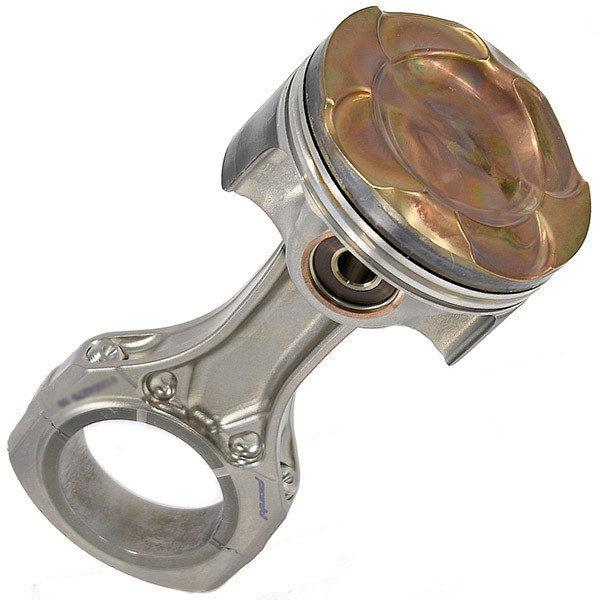
Shows how many holes in the TJI and vertically placed (as of 2020 anyway)e36jon wrote: ↑11 May 2022, 04:10I found another interesting rod & piston at a charity site, from a 2020 Ferrari SF1000. https://www.racinghalloffamecollection. ... od-piston/ If you've got $2,000 to spare it could be yours!
This is only the second modern turbo era rod that I've seen. The rod is beefy with an interesting bridge/bulge that spans the beam. It's a solid mass so I'm curious why. Some sort of tuned inertia effect?
The last turbo set drew as much attention (OK, more!) for the piston as it did for the rod. I could see that happening again here as there is a lot happening with the piston. The website said all of the skirt coloration was due to heat but I don't think that's what we are seeing. This is a coating of some sort.
I'll get out of the way and let you all share your knowledge.
https://imagizer.imageshack.com/v2/919x ... JcEnKC.jpg
https://imagizer.imageshack.com/v2/687x ... HMczFY.jpg
https://imagizer.imageshack.com/v2/972x ... 0AbWJD.jpg
https://imagizer.imageshack.com/v2/755x ... WVOMB8.jpg
Interesting.e36jon wrote: ↑11 May 2022, 06:05Greetings Johnny comelately
Please check out page one of the thread. I found an earlier Ferrari rod & piston for sale online and posted it there. The piston seems to have had the same crown coating and several folks weighed in on what it might be. A lot of the discussion of that rod and piston is relevant to this set...
Thanks for posting!
Jon
The main use is wear and heat resistance/insulation, there's a lot of reason to use multilayer coatings like that for the same reasons.Edax wrote: ↑07 Jun 2022, 23:00The yellow crown on the other hand looks to be a real material feature and there are not that many options. As mentioned before in the thread it resembles (PVD, CVD) TiN or TICrN coatings, which I find difficult to understand. The main use of these materials is as a cheap way to make stuff look more interesting, whether it is showerheads, doorknobs or drillbits. Performance wise there are usually much better options. A copper or gold alloy eg Au-Ni plating would also match color wise.
That makes sense from an application viewpoint.PhillipM wrote: ↑07 Jun 2022, 23:32The main use is wear and heat resistance/insulation, there's a lot of reason to use multilayer coatings like that for the same reasons.Edax wrote: ↑07 Jun 2022, 23:00The yellow crown on the other hand looks to be a real material feature and there are not that many options. As mentioned before in the thread it resembles (PVD, CVD) TiN or TICrN coatings, which I find difficult to understand. The main use of these materials is as a cheap way to make stuff look more interesting, whether it is showerheads, doorknobs or drillbits. Performance wise there are usually much better options. A copper or gold alloy eg Au-Ni plating would also match color wise.